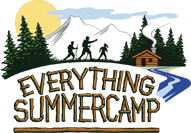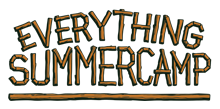Happy New Year!
Today it’s time to wring out the old and ring in the new! Here we are in 2022, leaving the good and the bad of the previous year behind us and eager to build on an entire, fresh year that’s rolling out before our feet! From everyone here at Everything Summer Camp, we hope your New Year’s Eve celebration gave a warm welcome to 2022 and that you’re having a wonderful start to this new year!
Here’s a slight peek into how things are the way they are concerning New Year’s. Take a look…

Why do we celebrate on January First?
We first see New Year’s celebrations crop up around 2000 BC in the Middle East. New Year’s came along in March—the time of the vernal equinox—springtime! So what’s with the January 1st stuff? Well, our current calendar is based on the Julian calendar (named after Julius Caesar), not so much the calendar they used prior to. So why do we celebrate on January First? Because Julius Caesar said so, that’s why.
Explan-uary the January
It's heavily speculated and widely spread that the month of January was named after the Roman god Janus. It’s actual origin, however, gives itself away in its root—the Latin word ‘ianua,’ meaning ‘door’. This is the name that was chosen to indicate the opening of a new door. What a way to describe the beginning of a new year—am I right?!!
Dietary Luck Down South
Tradition has it that eating leafy greens and legumes on New Year’s Eve brings good fortune for the upcoming year. Supposedly coming from a Jewish New Year custom, folks down south gobble down black-eyed peas on New Year’s Day thanks to this tradition!
Be sure you enjoy yourself this New Year’s Day and enjoy the last of your days off before your winter break comes to an end. Happy New Year once again and, as always, thanks for reading.
- John









